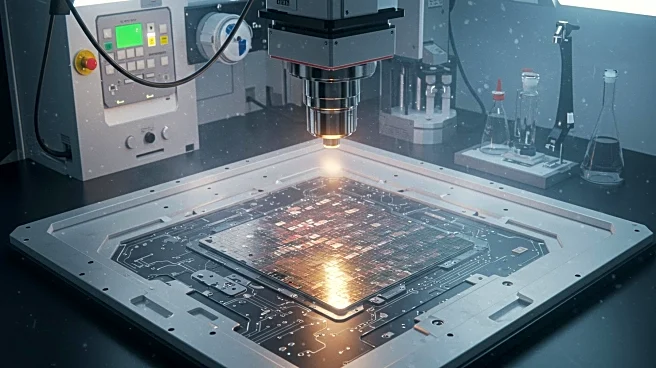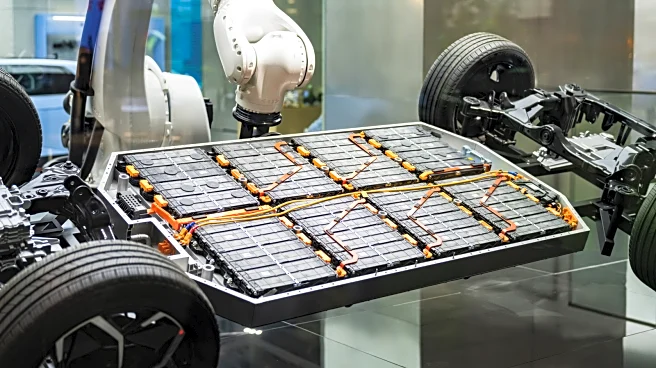What's Happening?
Recent developments in semiconductor technology have been achieved through the use of X-ray photoelectron spectroscopy (XPS). This technique allows for the probing of the surface of photoactive semiconductors, providing insights into their chemical state and electronic structure. These advancements are crucial for applications in clean technologies such as photovoltaics and photocatalysis, where semiconductors play a key role in solar energy conversion and environmental processes.
Why It's Important?
The use of XPS in semiconductor research is significant for improving the efficiency and stability of solar energy conversion technologies. By understanding the chemical state of semiconductor surfaces, researchers can optimize their reactivity and performance in photovoltaic and photocatalytic applications. This has the potential to enhance the effectiveness of clean energy solutions, contributing to the reduction of carbon emissions and the advancement of sustainable energy practices.
What's Next?
Further research using XPS is expected to continue, focusing on refining semiconductor materials for better performance in solar energy applications. This may involve collaborations between academic institutions and industry partners to develop innovative solutions for energy conversion. Additionally, advancements in semiconductor technology could lead to new applications in other fields, such as electronics and environmental remediation.
Beyond the Headlines
The integration of XPS in semiconductor research highlights the importance of interdisciplinary approaches in advancing technology. It underscores the need for collaboration between chemists, physicists, and engineers to address complex challenges in energy conversion. This development also raises questions about the scalability and accessibility of advanced technologies, prompting discussions on how to ensure equitable access to clean energy solutions.













